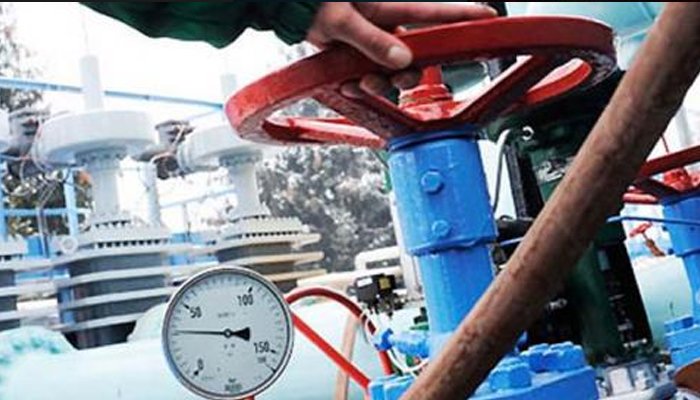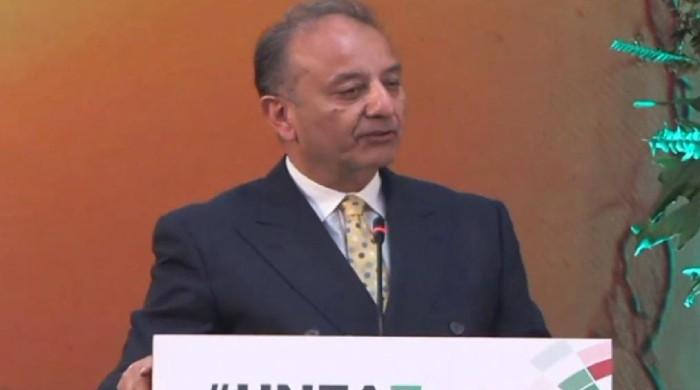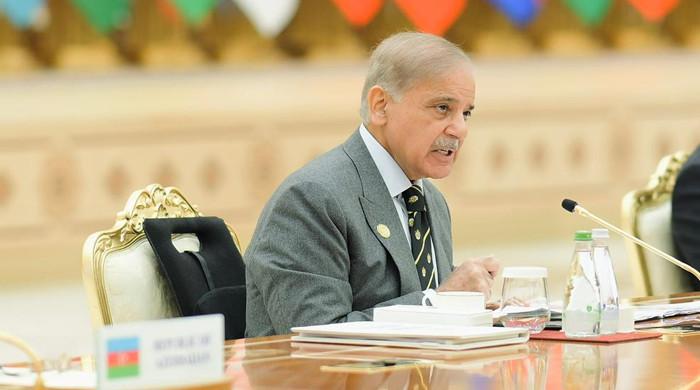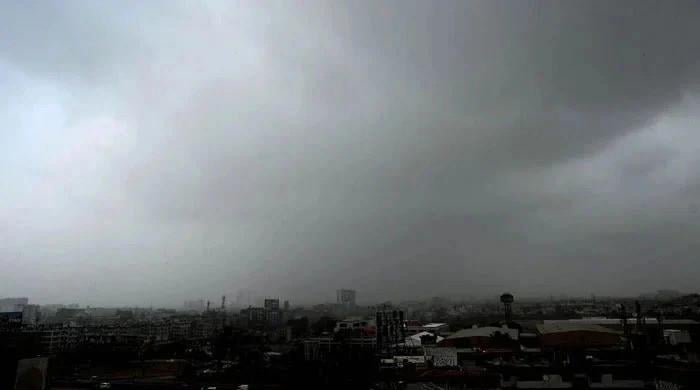Gas crisis likely to continue for 10 more days
Adviser to PM on petroleum says government is in the process of increasing LNG supply to resolve the crisis
December 26, 2019

ISLAMABAD: The gas shortage that has gripped the country, since the compressed natural gas (CNG) and industrial sectors were disconnected to accommodate the domestic sector, is likely to continue for the next seven to 10 days as the required actions are still being taken, reported The News.
“We are in the process to increase LNG supply up to 1.1 billion cubic feet per day,” Nadeem Babar, adviser to Prime Minister on Petroleum, told The News.
Babar said in Punjab, the gas shortage will be addressed in 10 days and the industry will be reconnected for the gas supply within few days.
“We are providing 12 per cent more gas than last year. The demand has gone up much more than that because of long and extended cold spell,” he said.
Meanwhile, All Pakistan Textile Mills Association (APTMA) highlighted that a lack of gas is affecting their export orders.
"General Industry and CNG sector in Punjab and CNG in Sindh are not getting gas since December 19. More importantly, it has become more difficult to meet the export orders," said APTMA.
Also read: As the cold intensifies, so does the gas crisis
“We have intimated to the government about the low pressure in gas supply because of which industrial activities have massively slowed down which will adversely impact the exports growth,” said Shahid Sattar, executive director of APTMA.
An official of the petroleum division, who spoke on the condition of anonymity, blamed the “massive rise in domestic demand” for the gas shortage. The official also dismissed the notion that the government was not prepared to face the situation saying: “We have arranged LNG more and increased the gas supply by 12 per cent to domestic sector.”
However, another official of the division alleged that Sindh was not willing to buy LNG because of Article 158 and claimed that if it buys the LNG then the gas crisis would end in Sindh.
The official said that the demand in Sindh has also increased. And if the weather improves in Sindh, the gas crisis in the province will be solved within next 10 days, the official claimed.
To a question, he said the total existing demand in the country stands at about 4.5bcf. “And we are supplying 4.3bcf.” He said if Sindh agrees to take LNG, its problem can be addressed.
“However, in the longer term, we need to add another pipeline which the government is working on and expects to conclude work within months. New private LNG terminals have been allowed and the government is close to finalising a pipeline with the Russians. The Asian Development Bank is assisting Pakistan in gas storage. The longer term resolution of supply in Punjab will take two years to resolve as a result of these projects.”
A Sui Northern spokesperson, when contacted, said that last year, RLNG diversion to the domestic sector was around 150 MMCFD and this year it was planned to inject more than 250 MMCFD RLNG (more than 70 per cent increase) for the domestic sector under the government policy.
Also read: Transport strike leaves commuters in limbo as Sindh suffers gas shortage
The spokesperson blamed climate change for the gas shortage. He said that December was comparable to extreme January temperatures arising from climatic changes.
He added that the issue is beyond the control of anyone including the Sui Northern Gas Pipelines Limited (SNGPL) and the government. Indigenous supplying is going down while LNG cannot be stored. Hence it has to be ordered in sufficient quantities. This is the only technique available for forecasting in the world.
“We don't have any climate change models. The diversion to the domestic sector has increased more than double, which is now around 350 MMCFD. This consumption is equivalent to typical January numbers.”
Originally published in The News









